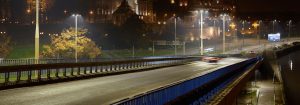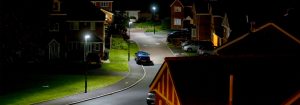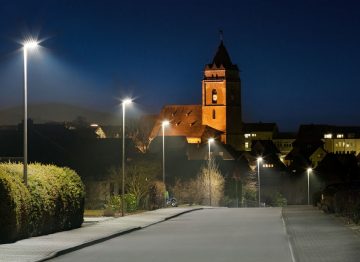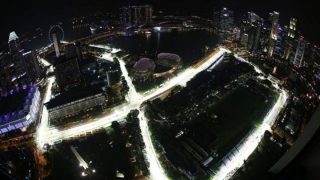We believe in developing innovative outdoor LED lighting solutions that improve and enhance people’s lives. We aim to provide systems that increase the livability and connectivity of our outdoor environment while also being mindful of our social responsibility and the need to preserve our planet.
With the right expertise, light can be limited to when and where it’s needed – helping cities to preserve dark skies, natural rhythms and conservation. We use our expertise to develop outdoor lighting systems that enhance people’s well-being and helping to make people feel safe in the city. Light is important. Every street is different and requires lighting that is specifically tailored to its use-case. Our innovations deliver impressive energy savings and CO2 reduction with high quality light to make streets and roads feel safe, welcoming and pleasant. And this is what Philips lighting does - applying our expertise to tailor our lighting systems to the needs, delivering light beyond illumination.





















